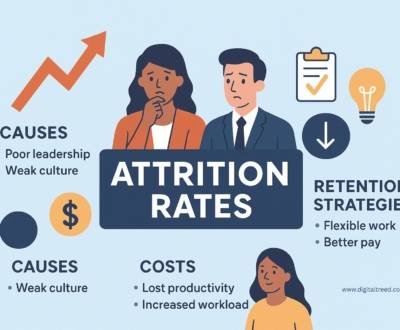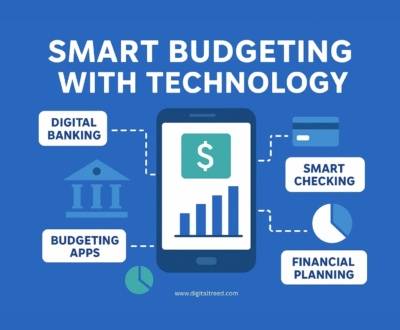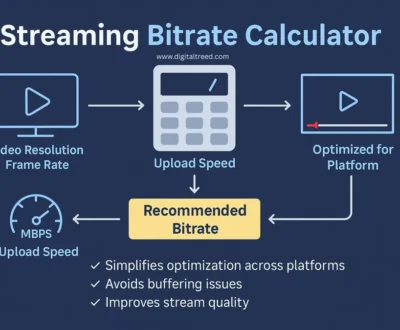Authentication and Security of APIs – Best Practices and Key Considerations

- October 21, 2025
- Aijaz Alam
- Blogs
Mid through the 21st century’s period of digital transformation, technological evolution came to happen with the breakneck speed of the Fourth Industrial Revolution. Spanning from world’s leading tech companies, the finance and banking industry to emerging tech start-ups, it has been impossible to envision the world pre-integration of APIs. The Interconnectedness of data and tech has been the backbone to which workflows and processes are dependent on today.
Integration and utilization of Third Party APIs, financial service providers, banking institutions and fintech companies have been, and in the pending future will continue to, thrive on the growth and advancement of cost-effective and quicker operational efficiencies. The model revolves around the concept of Business 2 Business. The primitive layer of the model employs account verification, which structures online banking to payment systems, and customer KYC. Although, with the advantages of interconnected APIs which provide integrated systems on a single interface, the model now supports on centralized customer identification systems, data space transaction systems and digital services. However, the most qualifiable and yet peril mentioned in the data administrative and data governance model relates to security, data breaches, and compliance.
The article highlights filters for assessing the most suitable financial APIs, establishing Secure Connections, and Persistent Monitoring.
Understanding Financial APIs
A financial application programming interface (API) acts as a bridge granting an application secure access with various systems. The capa serves to access systems’ functionalities and data while concealing the internal thought systems and architecture of the API.
Use Case 1: Consider a scenario where a customer of a relevant bank wants to download the bank’s mobile application and initiate a payment from the bank account. The mobile application would access and interact with payment gateways to initiate a payment and later interact with credit bureaus to ascertain the customer credit score. All of this happens in a matter of seconds and with no human intervention.
Financial APIs are now encapsulating functionalities spanning across various services.
- Credit services: loans and credit limit scoring data
- Investments and trading: market data and broker integrations
- Regulatory services: Identity verification, KYC, and AML
With the help of APIs, businesses are able to rapidly deploy new services and remain agile in the market. In finance, the speed at which technology is adopted is often the defining factor for the success of a product.
If you are interested in understanding the building blocks of these systems and the technology that powers them, it’s a good idea to research real-world examples of financial software development, such as those available at https://svitla.com/industry/finance-software-development-services.
How to Select the Appropriate Financial API
Deciding which API to use is a choice that comes with a lot of consequences. It is easy to incur legal debt, restrictions, and monetary loss with the wrong choice. Each option must then be analyzed with defined and objective parameters.
| Criterion | What To Check | Why It Matters |
| Functionality | Does it support needed operations: payments, identity, reporting? | Too few or too many features slow integration |
| Reliability | Response time, uptime, SLA, outage history | Financial transactions cannot tolerate downtime |
| Security | Encryption, tokenization, access control, PSD2/PCI DSS compliance | Security flaws lead to breaches and fines |
| Documentation | Completeness, SDKs, request/response examples | Good documentation accelerates integration |
| Support | Response speed, dedicated technical managers | Fast support reduces downtime during issues |
| Cost | Pricing model – flat, per transaction, per user | Transparent pricing aids budgeting |
| Scalability | Ability to handle traffic spikes and user growth | Critical for scaling services |
| Compatibility | REST, SOAP, GraphQL support, SDKs for required languages | Simplifies integration with existing architecture |
Always run a pilot integration before finalizing. Testing in real conditions reveals issues early.
Consider regional and regulatory requirements. APIs aligned with PSD2 or Open Banking UK standards may not be directly usable in other markets without modifications.
Connecting A Financial API: Practical Steps
Integrating a financial API requires a clear plan. Even a minor flaw can cause data loss or compliance breaches. Follow these steps to reduce risk and accelerate implementation.
- Identify the needs Decide what elements the API needs for the business: payment processing, verification, payment settlement, or currency conversion. Eliminate unnecessary integrations.
- Establish a Development Setup Set up a separate test environment in the form of a sandbox. To avoid the risk of production data altercation, test with mock servers that impersonate actual requests and responses. Doing this a mock server speeds up the test and prevents problems in the production environment.
- Establish Connection and Authenticate Like most financial APIs, these typically also use OAuth 2.0, JWT tokens, or API keys. Sensitive data must only be available to authorized services and users.
For instance, with payment APIs, payment developer.visa.com is a good place to start – one of the good resources for secure financial integrations. - API Usage Logging and Monitoring Each API call must be kept for the record. Use tools like Datadog or ELK to simplify the identification of failures to conduct system load analyses.
- Financial APIs Automation Spend less time and set API restrictions with more configuration set automation to capture all integration points: Postman and Swagger are good examples. This way, teams work better with less confusion.
When set with these guidelines, the financial systems put in place can be easily expanded to be reliable and consistent.
Security in Third-Party Financial APIs
The most pivotal, with no compromise, is the protection of every single request, every single token, and every single data exchange at the protocol, infrastructural, and even human levels.
- Data Encryption All requests should be done through HTTPS with TLS configurations of version 1.2 and above. While at rest, files must be encrypted with either AES-256 or RSA-2048. These standards are accepted globally for use in banking.
- Access Control Role-based access control (RBAC) should be implemented. Keys should be rotated and revoked frequently, particularly for personnel and subcontractor changes.
- Auditing And Logging Every operation and API interaction must generate an audit. These records should be kept in secure, non-modifiable systems, as the organization holds PCI DSS and ISO/IEC 27001 compliance certifications.
- Abuse Prevention Rate limiting should be applied; suspicious grade anomalies should be investigated. A surge of requests from one IP address could indicate an attack, and suspicious actions often require behavioral CAPTCHA.
- Regulatory Compliance clients must also abide by GDPR, PSD2, and CCPA regulations. Customers outside of your region may require additional rules for data transfer and storage.
The scope of security measures goes far beyond simply writing code. Integrating security by training employees, monitoring suppliers, and carrying out periodic security audits makes the entire integration process clean and safe.
Conclusion
The integration of external financial APIs is not only a matter of technology, but a profound ability for cross border transactions.
By carefully defining access rights along with the API perimeter, up to date systems are able to increase the availability of data, automate complex workflows, and decrease costs of operations. This also brings along the aspect of meticulous monitoring and thorough testing to ensure success.
Decisions must be fact-based, not driven by advertising. Tests must be automated, steps should be documented, and security should inculcated within the team’s cultural ethos.
Decisions are not mere sprints. It transcends the notion of a race. Structured architectural companies adopt a culture of agility and speed, earning the loyalty of customers.
Aijaz Alam is a highly experienced digital marketing professional with over 10 years in the field. He is recognized as an author, trainer, and consultant, bringing a wealth of expertise to his work. Throughout his career, Aijaz has worked with companies such as Arena Animation and Sportsmatik.com. He previously operated a successful digital marketing website, Whatadigital.com, where he served an impressive roster of Fortune 250 companies. Currently, Aijaz is the proud founder and CEO of Digitaltreed.com.

About us and this blog
We are a digital marketing company with a focus on helping our customers achieve great results across several key areas.
Request a free quote
We offer professional SEO services that help websites increase their organic search score drastically in order to compete for the highest rankings even when it comes to highly competitive keywords.
Subscribe to our newsletter!
More from our blog
See all postsRecent Posts
- When a Joint Bank Account Makes Sense and When It Doesn’t October 26, 2025
- Boosting Customer Trust Through Reliable Messaging Strategies October 23, 2025
- Authentication and Security of APIs – Best Practices and Key Considerations October 21, 2025









